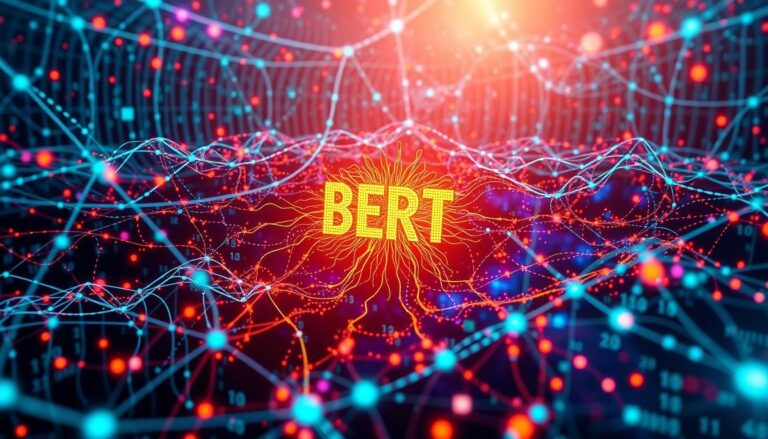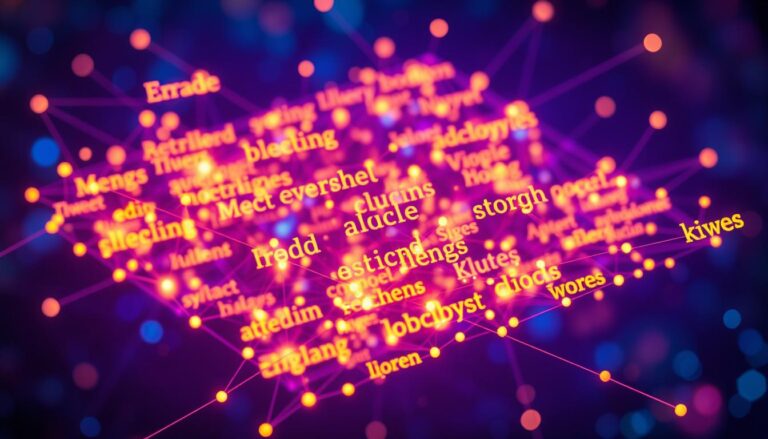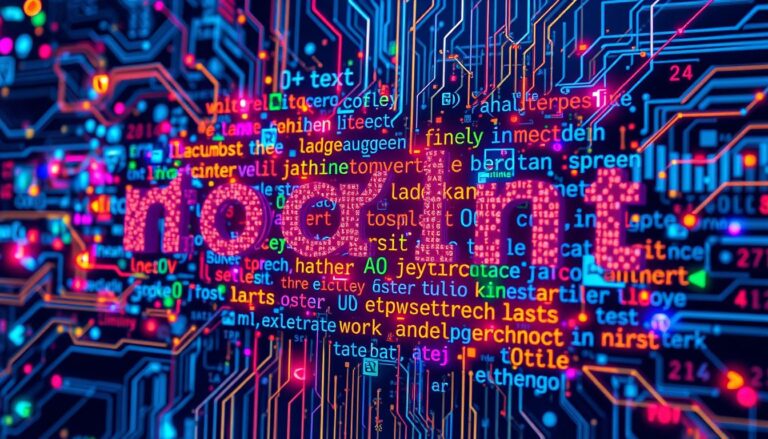How Can Topic Modeling Help in Understanding Large Text Corpora?
The digital world is creating huge amounts of text data. We need better ways to analyze and find insights in this data. Topic modeling is a key method in Natural Language Processing (NLP) for this task. It finds hidden themes in documents, making it easier to understand the text’s structure. Topic modeling uses algorithms like…









